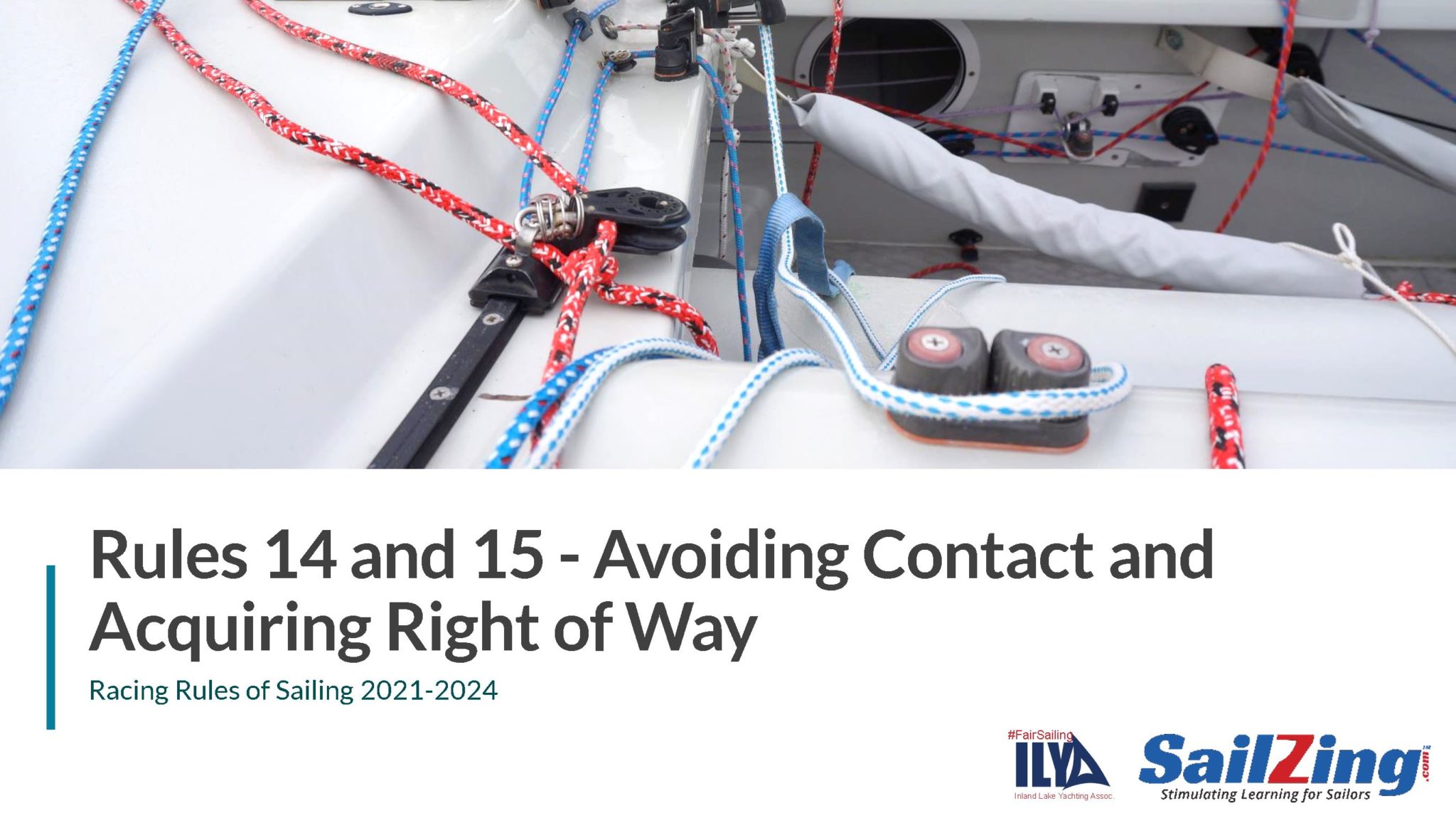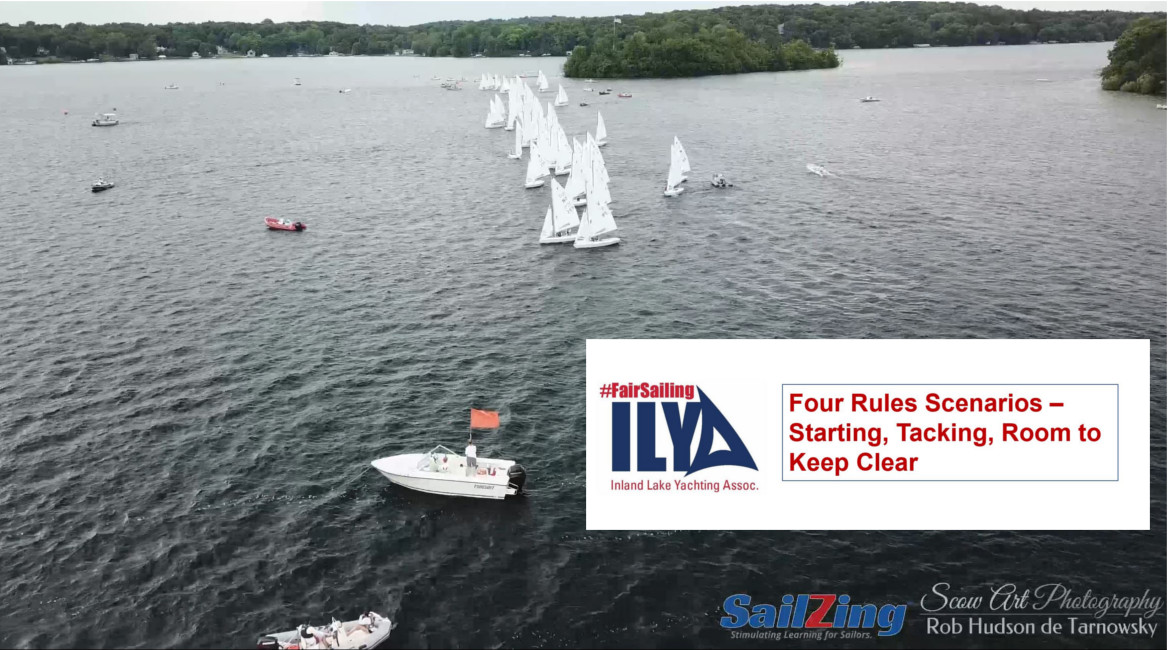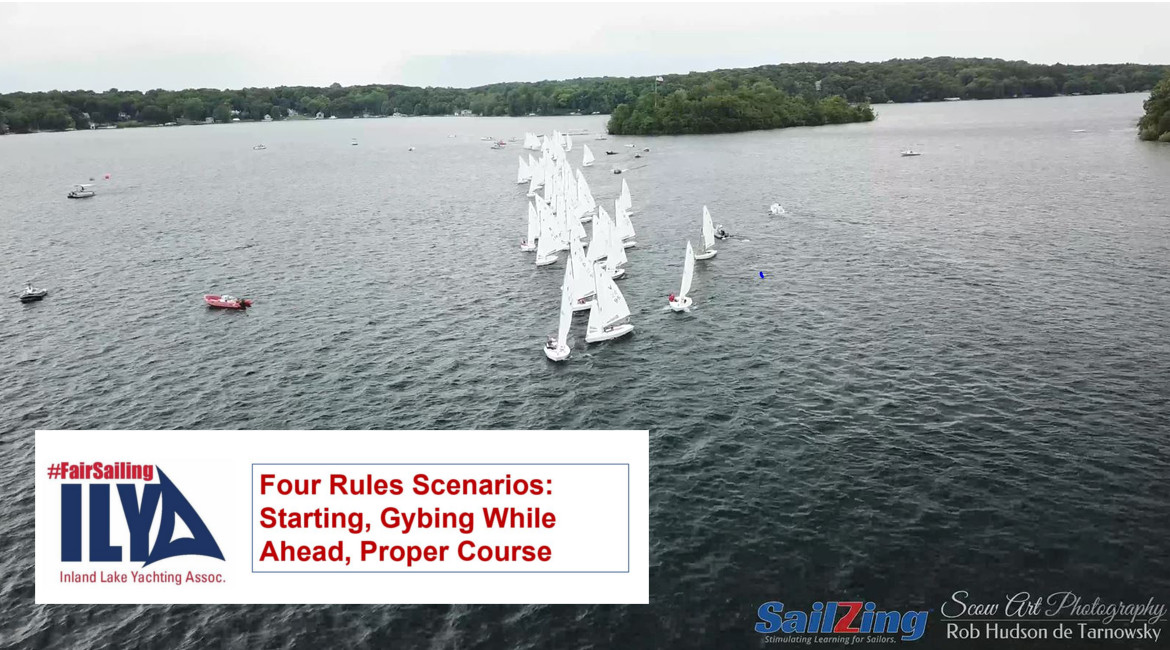Now that we’ve mastered the right of way rules, we need to learn the limitations on right of way boats. Rule 14 and Rule 15 are the first two rules in Part 2, Section B. Rule 14 is Avoiding Contact and Rule 15 is Acquiring Right of Way.
In 2018, the Inland Lake Yachting Association (ILYA) and SailZing, LLC partnered on a Fair Sailing initiative. As part of this initiative, SailZing worked with the ILYA and UK Sailmakers to develop a series of articles on the rules. With the rules changes in 2021, SailZing is updating these articles and adding video summaries.
Our thanks to UK Sailmakers for generating the animated scenarios.
Part 2, Section B – General Limitations
Congratulations! If you’ve been following along, you’ve now mastered the rules of Part 2, Section A – Right of Way. Remember, the rules in Section A (Rules 10-13) determine right of way when two or more boats meet.
Having right of way doesn’t give you a blank check to affect other boats. The rules of Part 2, Section B – General Limitations – don’t change right of way, but they do limit the actions of right-of-way boats. We’ll cover Rule 14 and Rule 15 in this article.
Rule 14 – Avoiding Contact
“A boat shall avoid contact with another boat if reasonably possible. However, a right-of-way boat or one sailing within the room or mark-room to which she is entitled need not act to avoid contact until it is clear that the other boat is not keeping clear or giving room or mark-room.”
Definitions
Room. The space a boat needs in the existing conditions, including space to comply with her obligations under the rules of Part 2 and rule 31, while maneuvering promptly in a seamanlike way.
Mark-room. Room for a boat to leave a mark on the required side. Also,
(a) room to sail to the mark when her proper course is to sail close to it,
and
(b) room to round or pass the mark as necessary to sail the course without
touching the mark.
However, mark-room for a boat does not include room to tack unless she is
overlapped inside and to windward of the boat required to give mark-room
and she would be fetching the mark after her tack.
Previously-defined term (click to refresh your memory): Keep clear
Rule 14 Key Points
- This rule recognizes that preventing damage or injury is more important than preserving right of way.
- If you are a right-of-way boat and need to act to avoid contact, you assert your rights by protesting the other boat, not by letting contact occur.
- If you are a right-of-way boat or sailing within the mark-room to which you are entitled, you don’t need to react until you see that the other boat is not keeping clear.
- However, if there is any damage or injury at all, no matter how slight, the right-of-way boat or the one sailing within the rom or mark-room to which she is entitled will be penalized if it is found that it was reasonably possible to have avoided contact.
Rule 14 Change
Rule 14 was revised in the 2021-2024 racing rules. See the markup below.
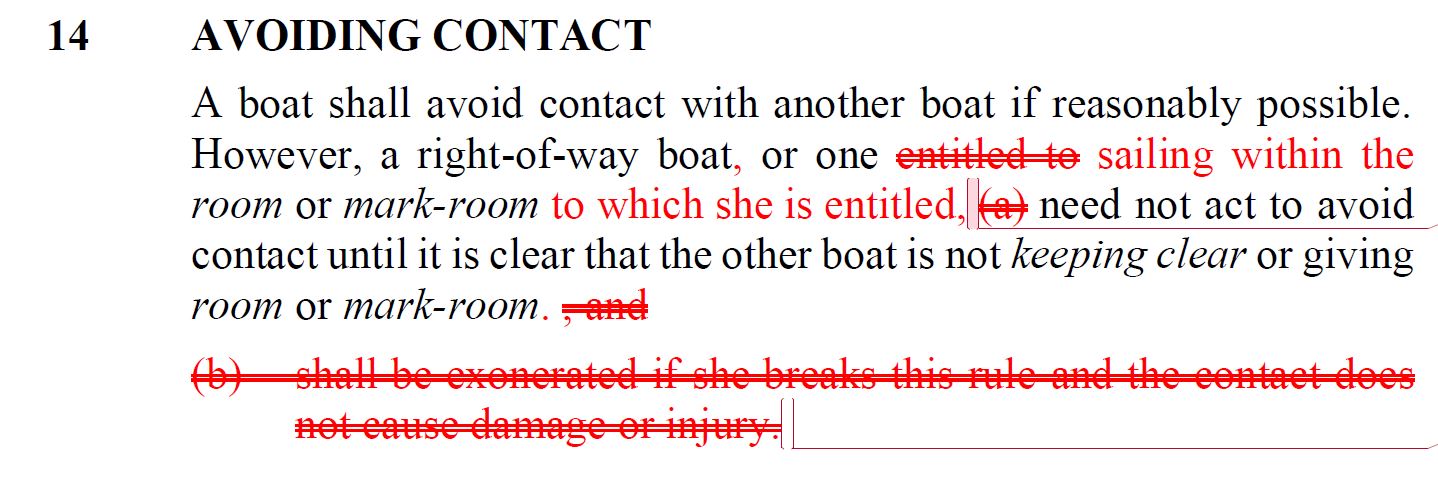
- One change clarified that a boat entitled to mark-room must stay within the mark room to which she is entitled.
- Another change moved the discussion of exoneration to a new rule (43).
Rule 14 Insights
Various cases in the World Sailing Casebook add insights to this rule. Click the links to read more.
- Case 26: Not watching for other boats is not an excuse for avoiding contact
- Case 50: In port-starboard situations, the port tack boat (under Rules 10 and 14) and the starboard tack boat (under Rule 14) are only required to act if there is a “genuine and reasonable apprehension” of collision.
- Case 99: The right-of-way boat is not required to take extreme measures (such as a crash gybe that might cause damage in itself) to avoid a collision.
- Mark Townsend has prepared a Rule 14 decision tree to help sort through scenarios.
Rule 15 – Acquiring Right of Way
“When a boat acquires right of way, she shall initially give the other boat room to keep clear, unless she acquires right of way because of the other boat’s actions.”
There were no changes to Rule 15 for 2021-2024.
Rule 15 Scenarios
#1 – “Small Hole on the Starting Line”
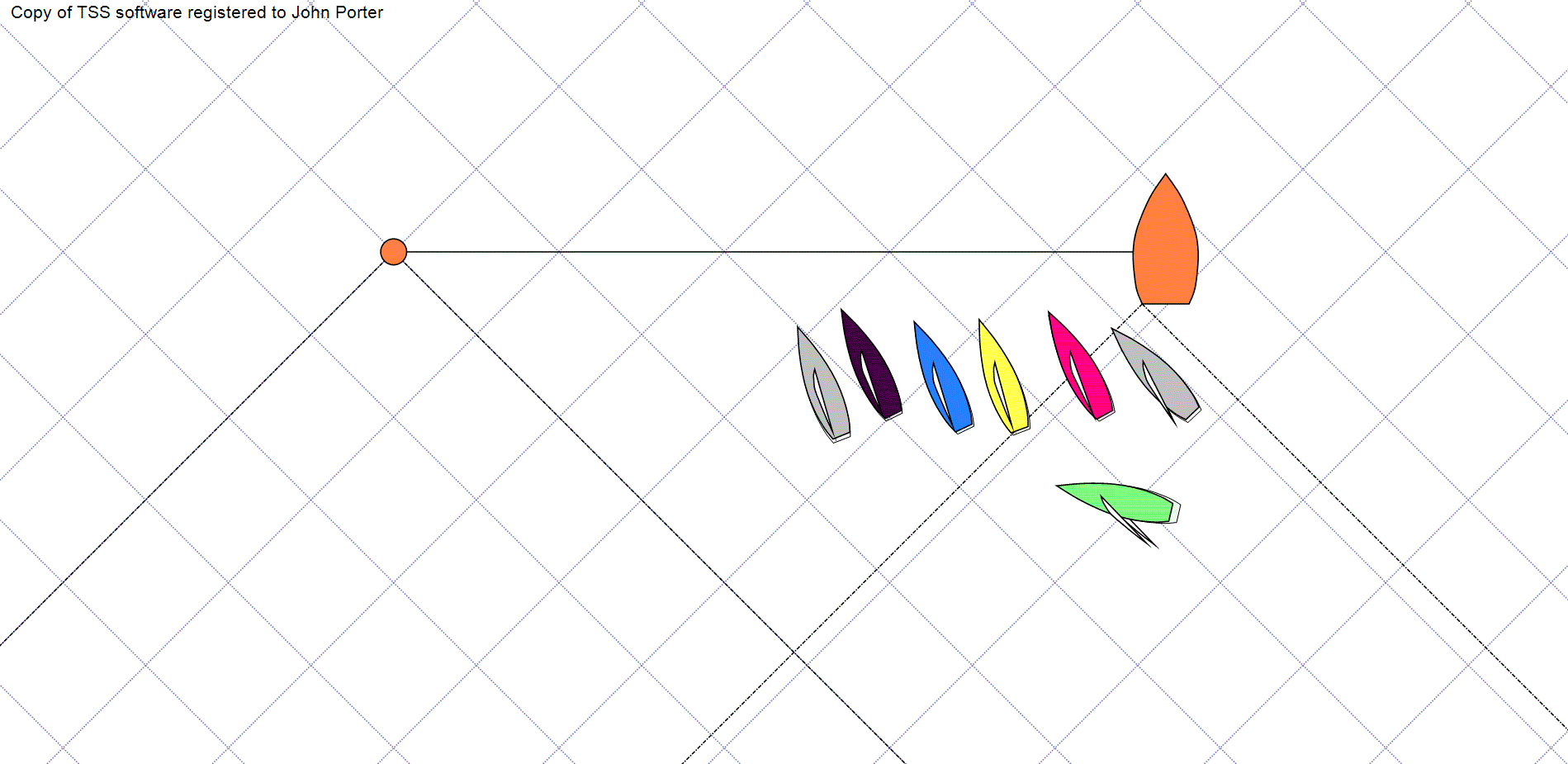
Description: Green approaches the starting line and sails between Blue and Yellow. Green expects Yellow to keep clear as the windward boat. There is no contact.
Which boat(s) should promptly take a penalty? Answer
#2 – “Tacking too Close”
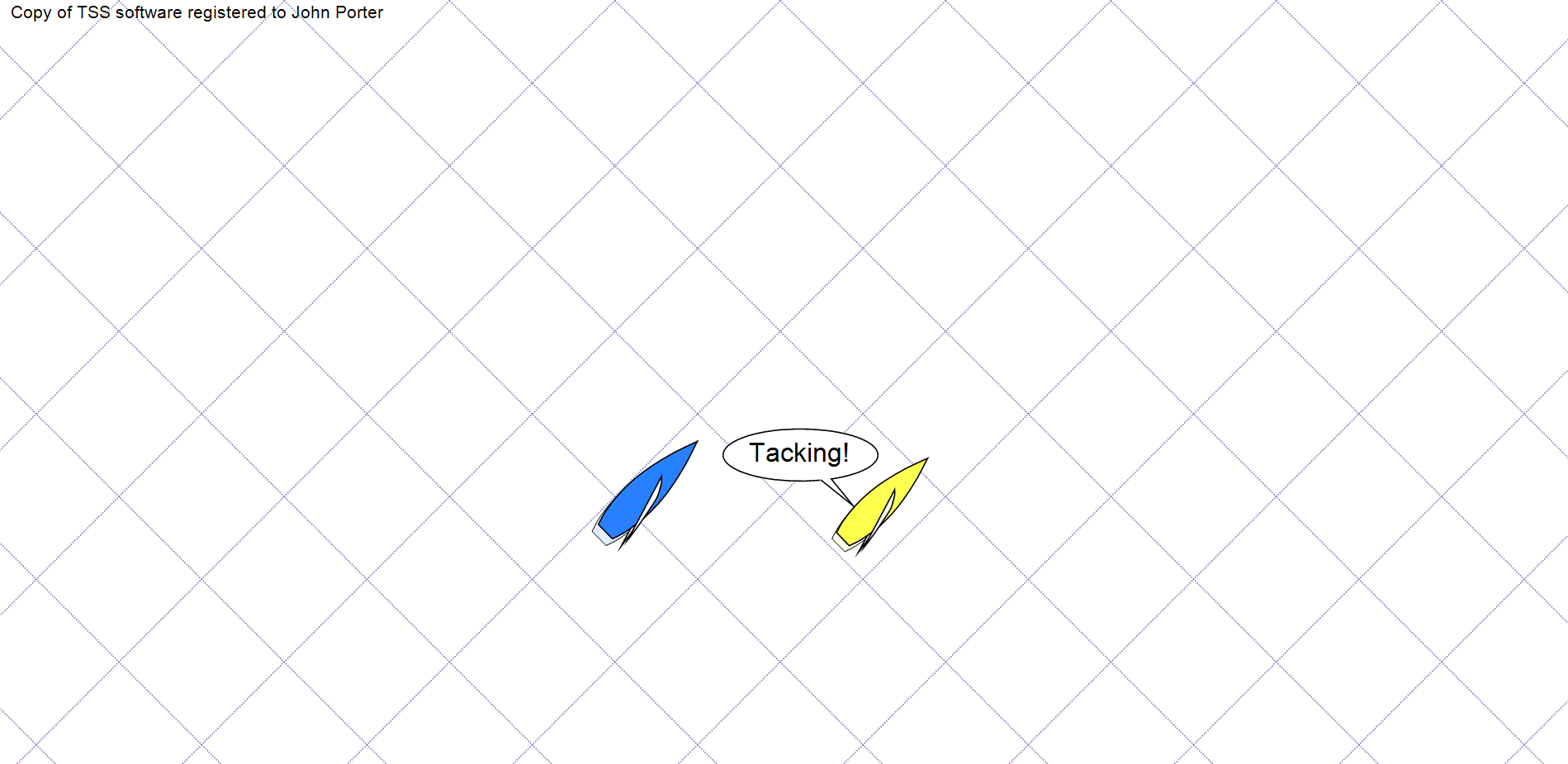
Description: Yellow and Blue are sailing upwind. Yellow hails “tacking” and immediately tacks, causing contact. Yellow alleges she gave Blue plenty of warning by hailing.
Which boat(s) should promptly take a penalty? Answer
#3 – “What does ‘Initially’ Mean?”
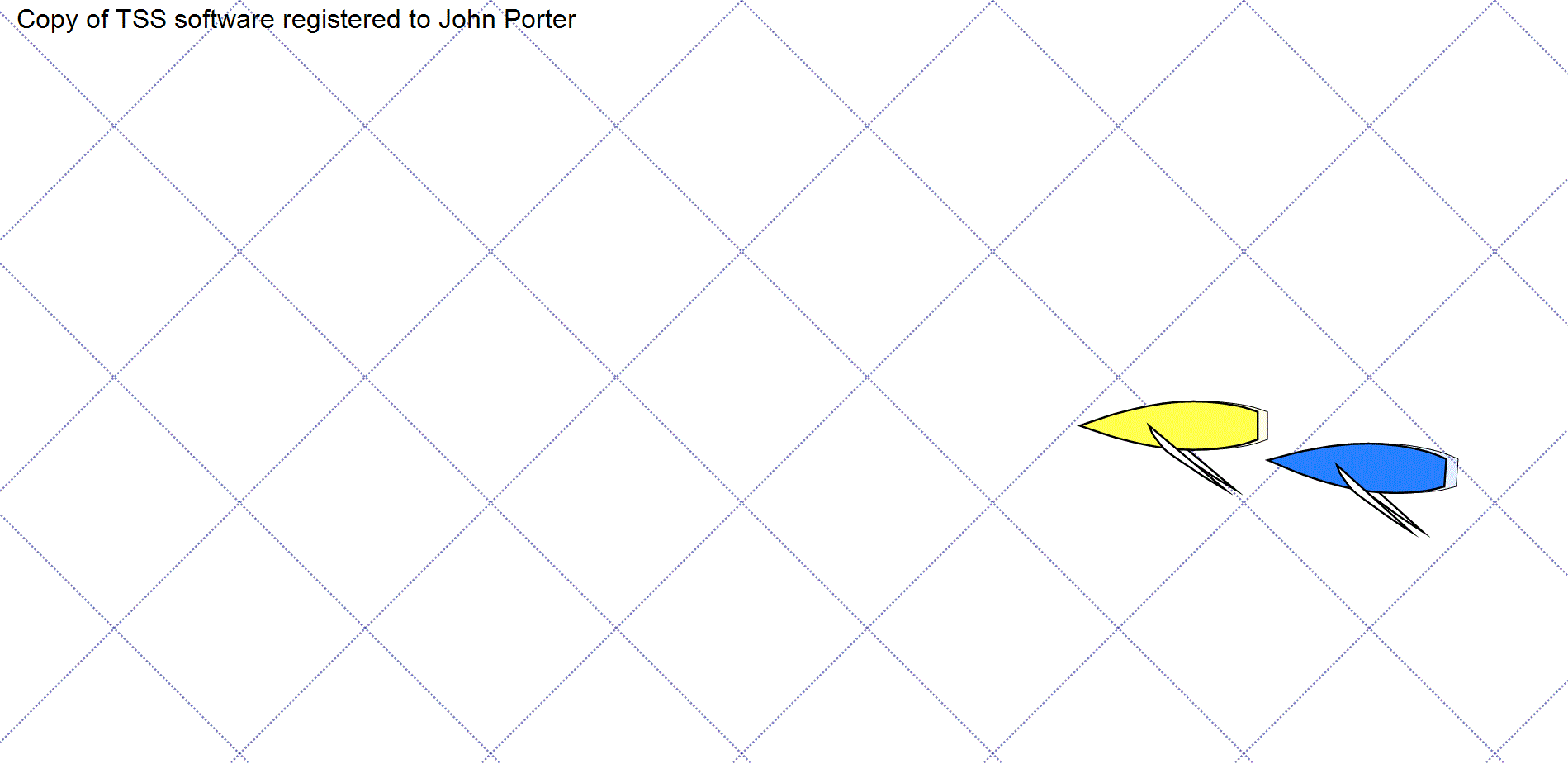
Description: Yellow and Blue are sailing downwind. Blue acquires an overlap at position 2 and Yellow protests immediately.
Which boat(s) should promptly take a penalty? Answer
World Sailing Racing Rules of Sailing
Sailors Helping Sailors
Will you share your knowledge with your related Comments below?

